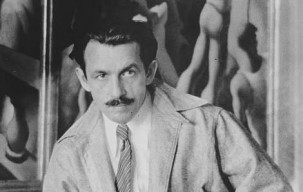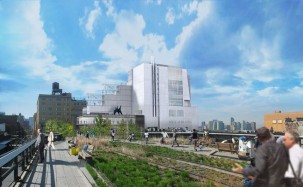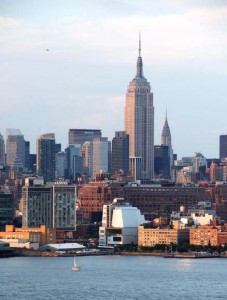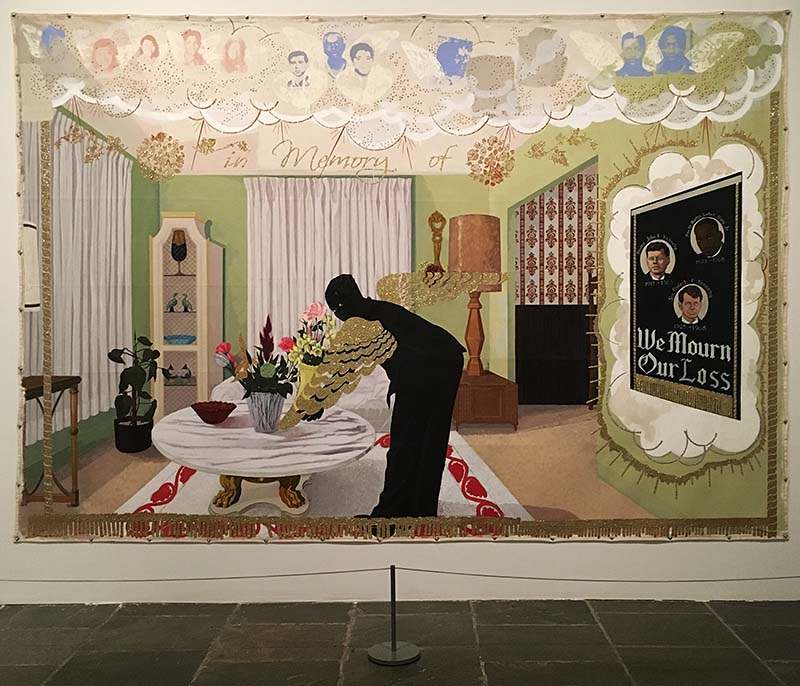
Souvenir I, 1997, by Kerry James Marshall. Acrylic and glitter on canvas banner. Met-Breuer, New York.

Untitled, 2009, by Kerry James Marshall. Acrylic on PVC panel. Met-Breuer, New York.
Mastry, a major survey of the work of Kerry James Marshall at the Met-Breuer in New York, includes 80 pieces that span the artist’s 35-year career. Marshall’s richly detailed, large-scale narrative paintings feature black figures in historical tableaus, landscapes, genre painting and portraiture. His work counters stereotypical representations of black people in society and comments on the history of black identity both in the United States and in Western art. The exhibition is powerful and especially relevant in our times of deepening racial divisions.

Slow Dance, 1992-3, by Kerry James Marshall. Acrylic and collage on canvas. Met-Breuer, New York.
Marshall was born in 1955 in Birmingham, Alabama before the passage of the Civil Rights Act, and he was a witness to the Watts rebellion in 1965. In his PBS Art21 special, Marshall said, “You can’t be born in Birmingham, Alabama, in 1955 and grow up in South Central [Los Angeles] near the Black Panthers headquarters, and not feel like you’ve got some kind of social responsibility. You can’t move to Watts in 1963 and not speak about it. That determined a lot of where my work was going to go…” Marshall is a 1978 graduate of the Otis College of Art and Design and currently lives and works in Chicago.
For in-depth articles on the artist’s influences and motivation, read Holland Carter’s article for the New York Times entitled Kerry James Marshall’s Paintings Show What It Means to be Black in America and Wyatt Mason’s feature for the New York Times Magazine, Kerry James Marshall is Shifting the Color of Art History.
For a look at all of Marshall’s pieces in the exhibition, here are the Met’s exhibition thumbnails. The exhibition also includes 40 works from the Met’s collection curated by Mashall that display the global and historical influences on his art.
Kerry James Marshall: MASTRY is on view at The Met Breuer, New York City, October 25, 2016–January 29, 2017, and then travels to the Museum of Contemporary Art, Los Angeles, March 12–July 2, 2017.
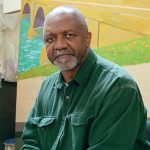




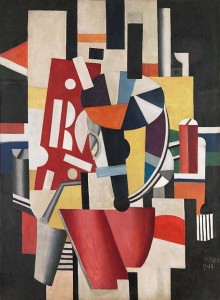

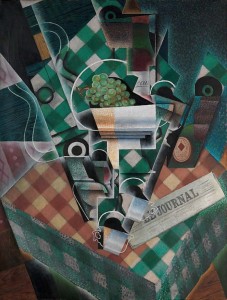
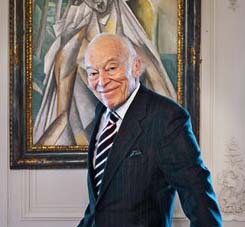
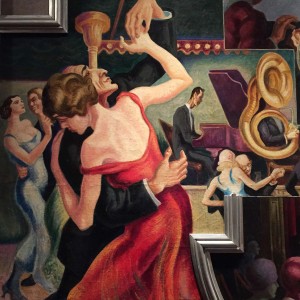 Thomas Hart Benton’s 1930’s epic
Thomas Hart Benton’s 1930’s epic 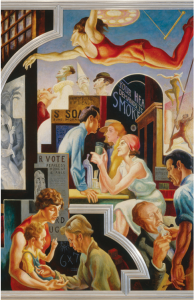
 “Thomas Hart Benton’s ‘America Today’ Mural Rediscovered” is in the Met’s American Wing, and will remain on view through April 19, 2015. The Met is open 7 days a week: Sun-Thurs, 10-5:30, Fri-Sat: 10-9 & closed on major holidays. 1000 Fifth Avenue (at 82nd Street) New York, NY 10028 Phone: 212-535-7710
“Thomas Hart Benton’s ‘America Today’ Mural Rediscovered” is in the Met’s American Wing, and will remain on view through April 19, 2015. The Met is open 7 days a week: Sun-Thurs, 10-5:30, Fri-Sat: 10-9 & closed on major holidays. 1000 Fifth Avenue (at 82nd Street) New York, NY 10028 Phone: 212-535-7710